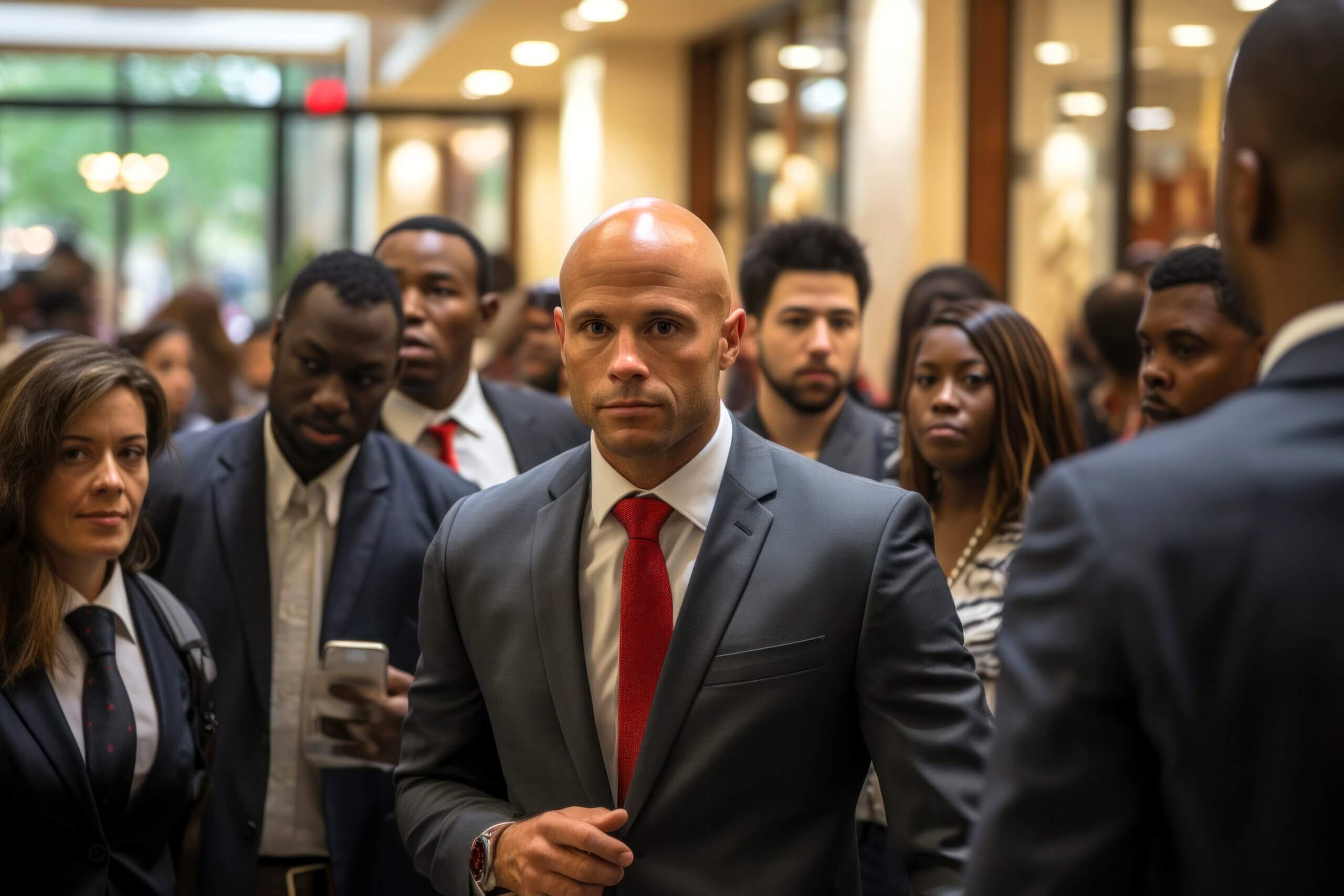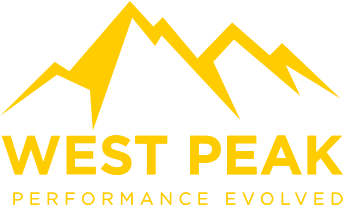How Executive Presence Elevates Your Leadership Performance
Leadership isn’t just about strategy, decision-making, or expertise—it’s about presence. The most influential leaders have a magnetic quality that makes people stop, listen, and trust their judgment. It’s not about being the loudest in the room or the most extroverted; it’s about the way they carry themselves, the confidence they exude, and the clarity with which they communicate.
This is executive presence—the intangible quality that sets great leaders apart.
If you’ve ever wondered why some leaders effortlessly command respect, why their opinions carry weight in high-stakes discussions, or why people naturally look to them for direction, the answer lies in their executive presence. The good news? It’s not something you’re born with—it’s a skill that can be developed.
In this blog, we’ll break down what executive presence really means, the core elements that shape it, and how mastering it can take your leadership performance to the next level.
What Is Executive Presence?
Executive presence is the ability to project confidence, clarity, and credibility in a way that inspires trust and influence. It’s not just about looking and sounding the part—it’s about how you make people feel when you speak and act as a leader.
A leader with strong executive presence:
✔ Communicates with confidence and conviction
✔ Maintains composure under pressure
✔ Engages and influences stakeholders effectively
✔ Demonstrates credibility and gravitas
✔ Inspires trust and instills confidence in others
Executive presence is not about ego—it’s about impact. It ensures that when you speak, people listen. When you take action, people follow. And when challenges arise, people trust your leadership.

The 3 Pillars of Executive Presence
Developing executive presence requires intentional effort. It’s not about faking confidence or adopting a persona—it’s about refining the way you think, act, and communicate as a leader.
- Gravitas: The Foundation of Influence
Gravitas is your ability to command respect—not through force or dominance, but through confidence, composure, and decisiveness. Leaders with gravitas don’t panic under pressure. They remain steady, offering clarity and direction when others are uncertain.
🔹 How to Develop Gravitas:
• Pause before responding – Calm, measured leaders naturally exude authority.
• Own your decisions – Confidence in your choices builds credibility.
• Embrace discomfort – Leaders who remain steady in uncertainty gain respect.
“Gravitas isn’t about how much you say; it’s about the weight of what you say.”
- Communication: The Art of Being Heard
Great leaders know how to deliver a message with impact. They don’t just share information; they inspire action. Strong communicators:
▶ Speak clearly, without over-explaining
▶ Adapt their tone and style based on the audience
▶ Listen actively and respond with intent
🔹 How to Improve Communication:
• Simplify your messaging – Clarity is more powerful than complexity.
• Use storytelling – Facts inform, but stories inspire.
• Be intentional with body language – Strong eye contact and open posture build trust.
“A leader’s communication isn’t just about what they say—it’s about how they make people feel.”
- Presence & Energy: The Unspoken Language of Leadership
Executive presence isn’t just about words—it’s about how you show up. Leaders with strong presence:
▶ Carry themselves with self-assurance
▶ Match their energy to the situation—calm under pressure, dynamic when inspiring action
▶ Dress and present themselves in a way that aligns with their leadership role
🔹 How to Develop Presence & Energy:
• Stand tall – Good posture conveys confidence before you even speak.
• Be mindful of your energy – People respond to what you project.
• Dress with intention – Authenticity is key, but your appearance should align with your leadership identity.
“People decide in seconds whether to take you seriously—your presence makes the first impression before you even speak.”

Why Executive Presence is Critical for Leadership Performance
Executive presence isn’t just about perception—it directly impacts how effectively you lead.
✔ Stronger Influence & Persuasion – People naturally gravitate toward leaders with confidence and credibility.
✔ Better Decision-Making – Leaders with presence exude clarity and decisiveness.
✔ Increased Team Engagement – Teams trust leaders who project assurance and competence.
✔ Greater Leadership Opportunities – Executives with presence stand out in high-stakes conversations.
Whether you’re leading an organisation, pitching an idea, or guiding a team through uncertainty, executive presence ensures your leadership is recognised, trusted, and followed.
How to Strengthen Your Executive Presence
Executive presence isn’t about changing who you are—it’s about refining how you lead.
- Develop Self-Awareness
Understanding how you come across is the first step. Seek feedback from trusted peers or mentors about your communication, presence, and leadership style.
- Cultivate Emotional Intelligence
High-EQ leaders are more persuasive because they understand emotions—both theirs and others’. This allows them to manage pressure, navigate difficult conversations, and build stronger relationships.
- Master Public Speaking & Presentation Skills
You don’t need to be a natural public speaker to command a room—you need clarity, conviction, and composure. Practice speaking with confidence, using pauses to emphasise key points, and adapting your tone for different audiences.
- Strengthen Your Decision-Making & Problem-Solving Skills
Leaders with executive presence make decisive choices, even when the path ahead isn’t clear. Strengthen your ability to assess situations quickly, weigh risks, and take action with confidence.
- Lead with Authenticity
Executive presence isn’t about being someone you’re not. The best leaders blend confidence with authenticity, ensuring their presence is natural, not forced.

Final Thoughts: Executive Presence is a Leadership Superpower
In today’s fast-paced business landscape, executive presence isn’t optional—it’s essential. It’s what makes leaders stand out, gain trust, and inspire action.
The best part? It’s learnable.
By refining your gravitas, communication, and presence, you can enhance your leadership influence, elevate your performance, and unlock new opportunities.
So ask yourself: How do people experience your leadership?
If you want to lead with more confidence, authority, and impact—it starts with presence.
Subscribe to our Podcast
Hosted by our very own Ben Stocken and Benjamin Wade our ‘How They Lead’ podcast aims to evolve the way people perform in leadership roles by showcasing a variety of high performance interviews with people from Patrick Kershaw from The RAF Red Arrows to CEO’s like Steve Phillips who help large brands like Pepsi, Mars and Unilever.
Get one step ahead – Click below to subscribe.










